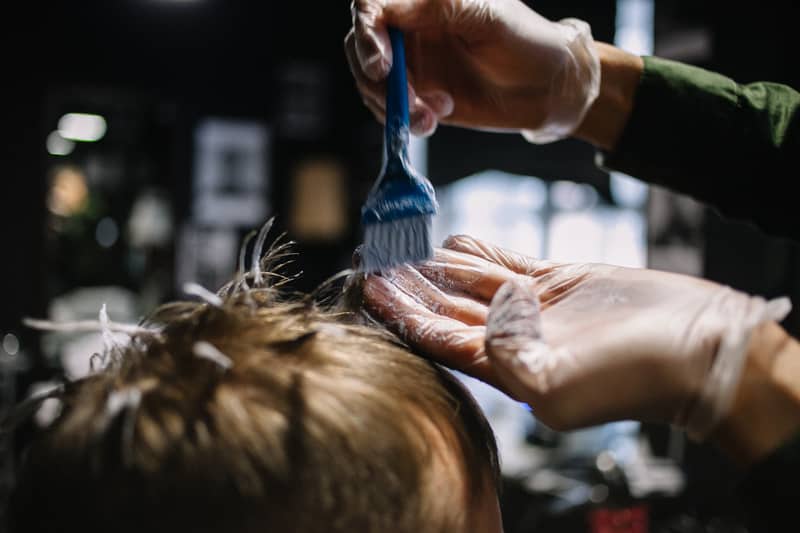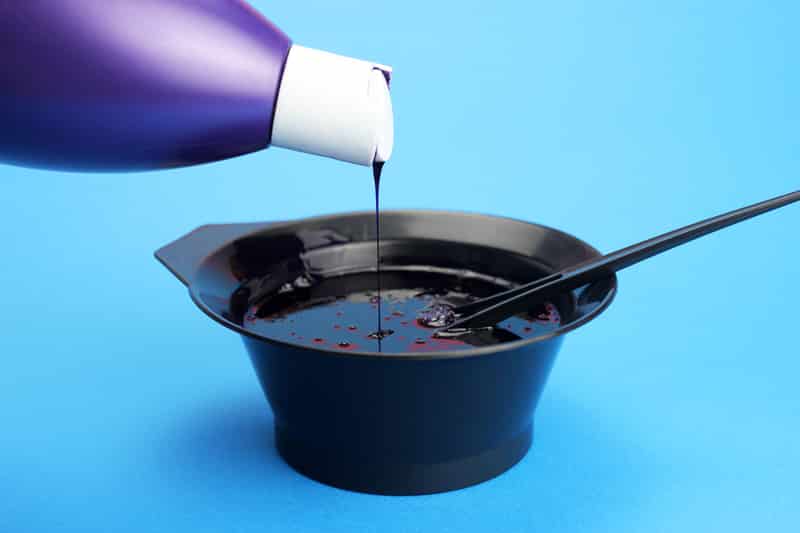How much beauty products do women use per day? Do they know what is in these products and what is the beneficial ingredient?
There are many different types of beauty products in the market and the average woman uses around 12 different products every single day. How credible are these products and are they safe for long term usage? Just because they are on a shelf in a recognized store doesn’t mean that they are safe.
Hair Dye Controversy
We need to inform ourselves on the ingredients in products and what effects it has. A study by the International Journal of Cancer found a link between hair dye and cancer in December 2019. Women in the study who used permanent hair dye at least once in the 12-month period leading up to the study had a 9% higher risk of developing breast cancer than women who didn’t use hair dye at all. The results were more severe for African American women, as they had a 45% higher risk compared with women who did not use hair dye.

The study enrolled more than 50,000 women who were healthy but were sisters of women with breast cancer. Out of all the women studied, how many know what ingredients and chemicals are in the product and what is their effect on the body. This is where 1Source.com can help.
We provide a service to instantly review a product’s ingredients and chemicals. With our extensive research, we can highlight the ingredients functions and recent findings. Our aim is to resolve the pain of not understanding product ingredients and their effects on our health.
It is not easy to change or stop using a certain product. We all have our favorites with a satisfactory outcome. With hair dye for example, it is not easy to let the natural color of grey to come out. For skincare products, some don’t want to have the appearance of wrinkles. We should be embracing our changes rather than trying to mask them with toxins.
How can we reduce our toxic chemical exposure?
- Find a safer alternative. We can provide you the information to choose a product with less potentially harmful ingredients and chemicals. For example, alternative hair products.
- Do your research. Find out what ingredients and chemicals you don’t react well. You can use our platform to read our references and researches to educate yourself.
- Don’t believe everything on the product. Companies haven’t taken great strides in making their products safer legitimately. Don’t assume that the changes they made were for the better.
- Try more natural recipes. Using natural recipes will develop your understanding of the makings of a product. However, do not assume natural always mean safer, educate yourself before trying out any recipes.
Credit: Harvard Health

